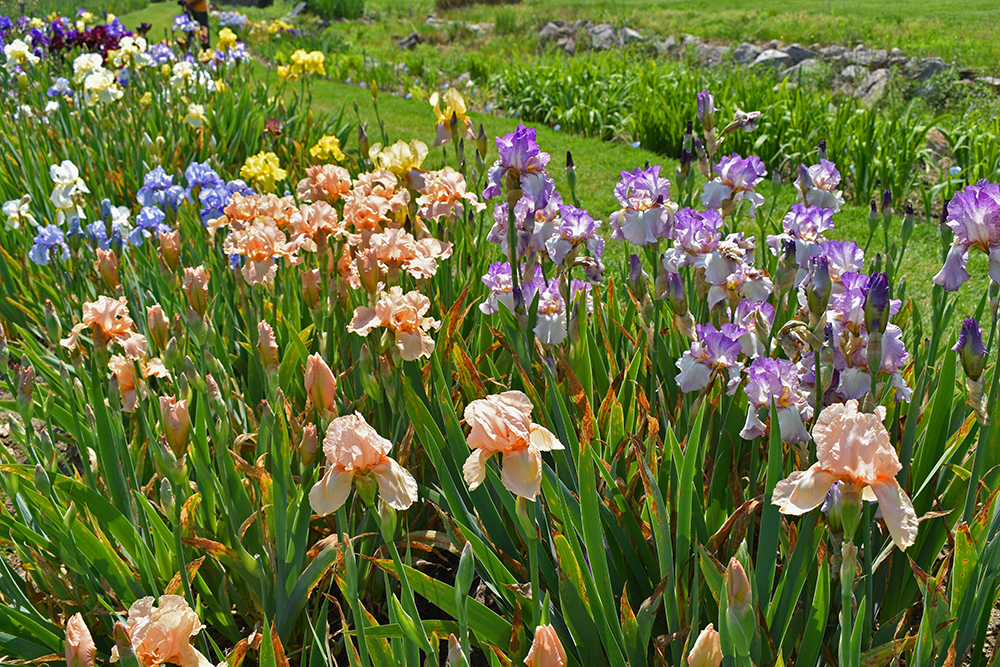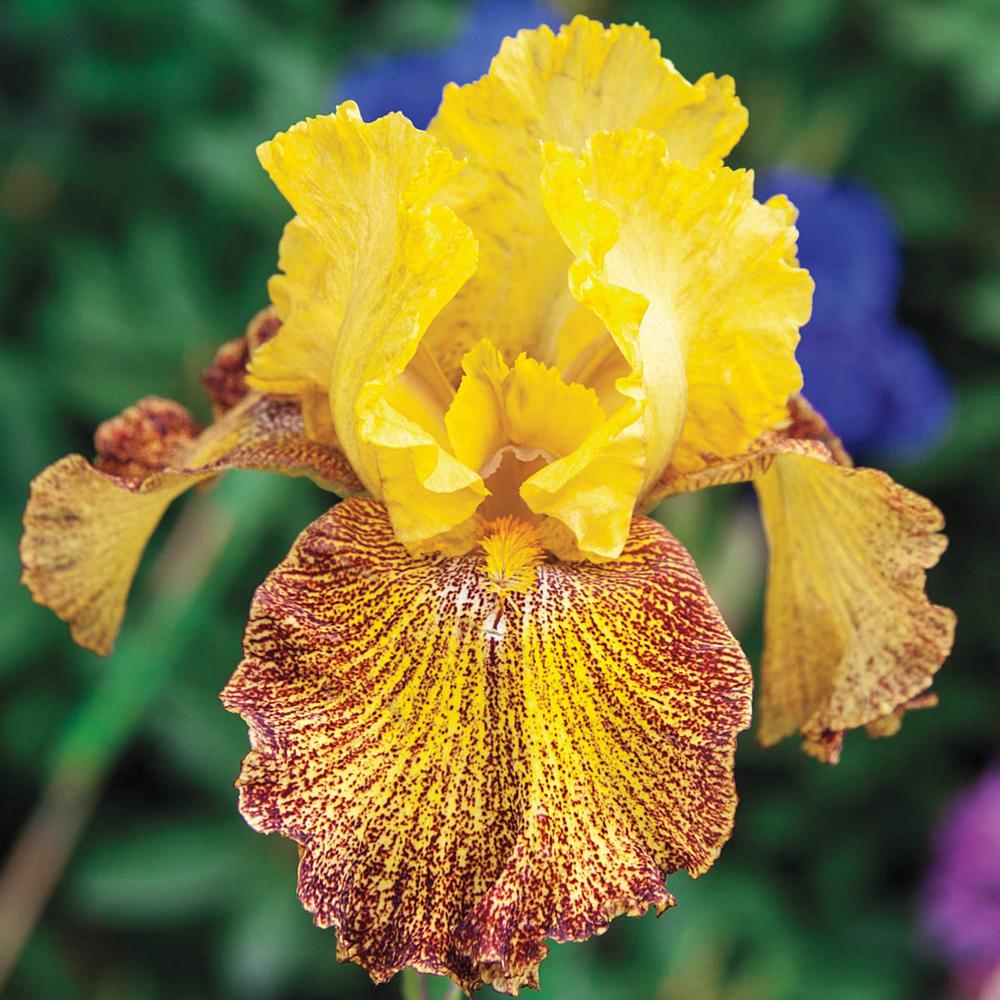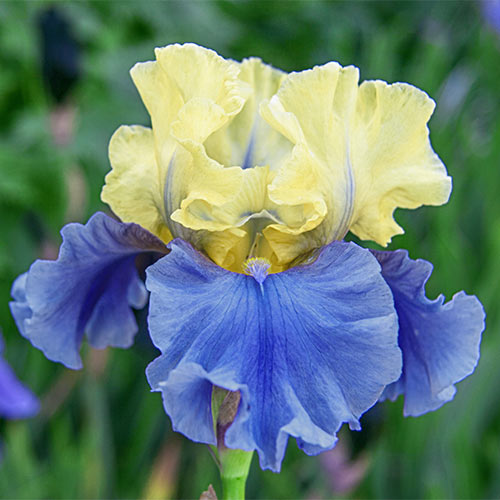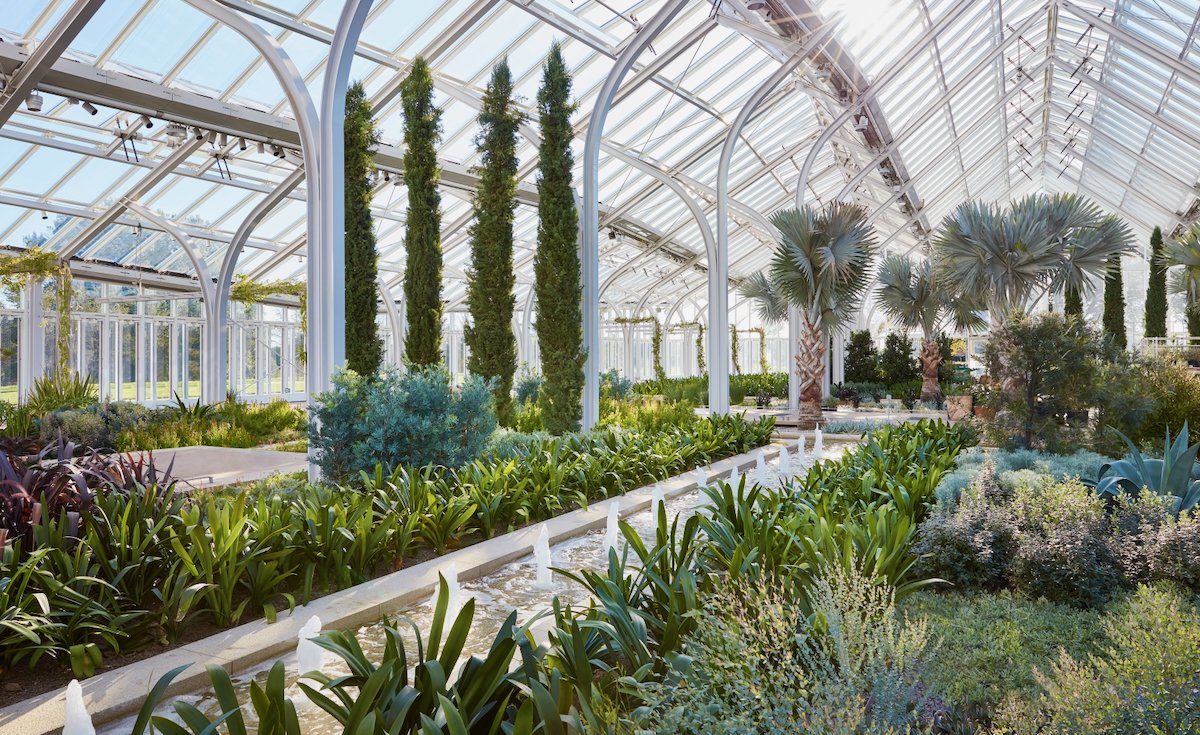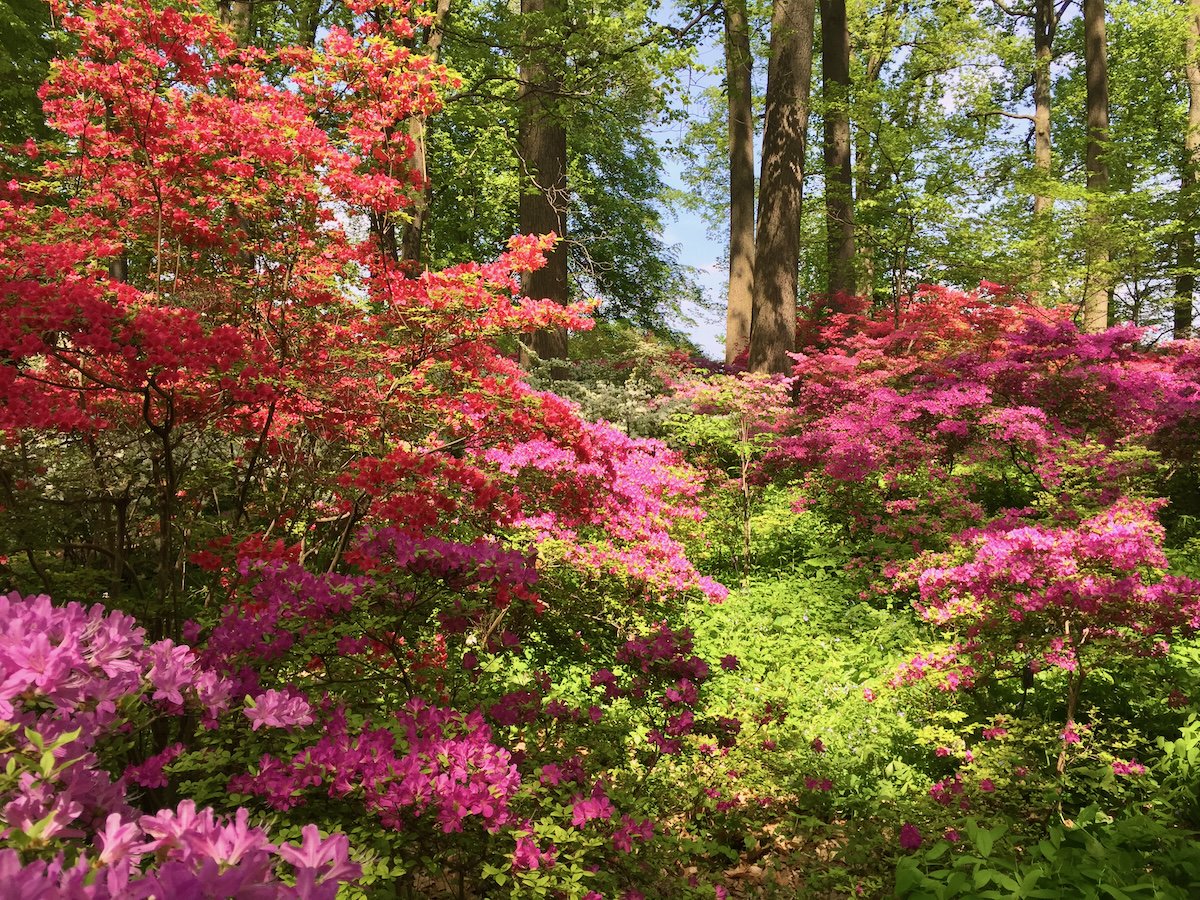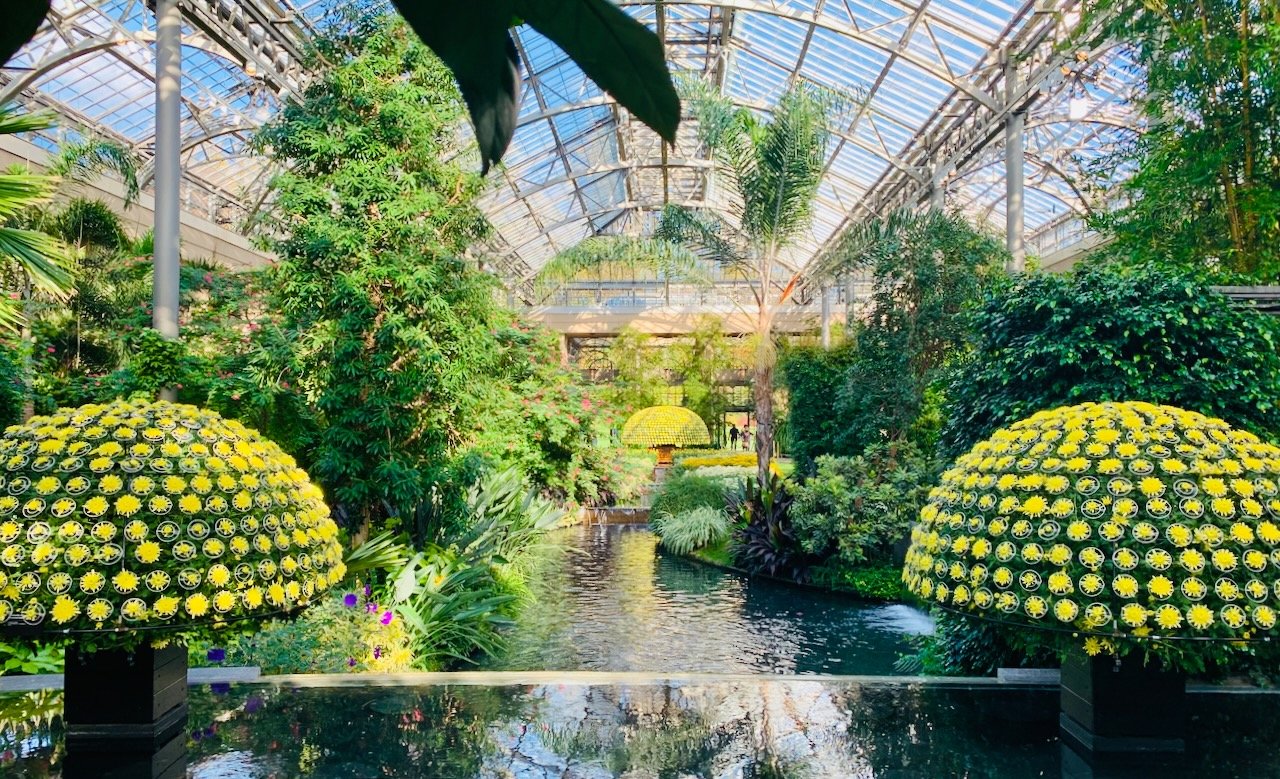Presby Memorial Iris Garden: A Rainbow on the Hill
/Van Gogh’s Irises
Cultivated in New England since early colonial times, irises have a long and revered history. The Greek goddess Iris was the messenger of the gods and the personification of the rainbow. The fleur-de-lis is derived from the shape of the iris and is the symbol of the royal family of France. In Japan, the rhizome was ground to create the white face makeup for the geisha. Iris flowers were a favorite subject of Impressionist painters. And in New Jersey, irises are the stars of this memorial garden.
Claude Monet, Iris Garden
Frank H. Presby (1857–1924) was a leading citizen of Montclair and an iris hybridizer, collector, and founder of the American Iris Society. It was his expressed wish to give a collection of his favorite flower to Montclair’s newly acquired Mountainside Park, however he passed away in 1924 before he could carry out his plan. The Presby Gardens were established thanks to local resident Barbara Walther, who led the effort and watched over the garden for 50 years.
Located at the base of the 7.5-acre Mountainside Park, the gardens were designed in 1927 by John C. Wister, a Harvard University landscape architect. He designed the garden in a bow shape, and Presby Gardens is now referred to as the “rainbow on the hill.” The iris garden contains more than 10,000 irises of approximately 1,500 varieties, which produce more than 100,000 blooms over the course of the season.
Peak bloom time is mid-May through the first week of June. Many of these irises were donated from Presby’s and Wister’s gardens, as well as from private Montclair gardens, the American Iris Society, and hybridizers all over the world.
Every iris in the garden has a marker indicating the name of the iris, the hybridizer, and the year the iris was registered with the American Iris Society. Twenty-six beds contain bearded irises, each dedicated to a particular decade. Be sure to look for the Heirloom Iris bed (bed 5a & b) with plants dating from the 16th to 20thcentury. Also look for the dwarf irises, growing only to 8 inches in height. They are the earliest of the bearded iris to bloom, and are ideal for rock gardens and fronts of borders.
Beds running along the creek bed contain a collection of non-bearded Spuria, Siberian, Japanese, and Louisiana irises, which prefer a wetter setting. Purple weeping beeches, fringe trees, katsuras, stewartias, redbuds, and ginkgos provide an interesting border for the iris gardens. A bee sanctuary with seven hives was added in 2000.
Growing Bearded Irises
Irises can be planted in the spring, in early fall, or in July and August when they are dormant. Plant your irises at least four to six weeks before your first hard freeze so that their roots are well established before the end of the growing season. Plant rhizomes 12 to 24” apart to avoid overcrowding.
Irises require at least a half-day (6-8 hours) of direct sunlight. Provide your irises with good drainage: a raised bed or a slope are ideal. Keep beds free of weeds and leaves.
It is a common mistake to plant Irises too deeply. Plant your rhizomes at or just barely below the surface of the ground. The tops of the rhizomes should be visible and the roots should be spread out facing downwards in the soil. Tamp the soil firmly to anchor the rhizomes until new roots begin to grow, and water well.
Divide and replant iris that have become overcrowded (usually after three to five years) in July or August when the plants are dormant.
For more information or to join a local Iris Society branch, visit the American Iris Society.
Presby Memorial Iris Gardens, 474 Upper Mountain Ave., Montclair, NJ, (973) 783-5974, presbyirisgardens.org. Hours: Daily dawn–dusk.
You Might Also Like





